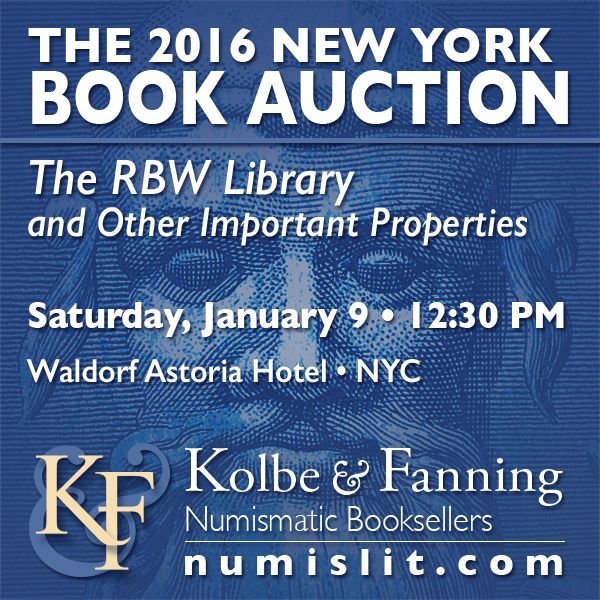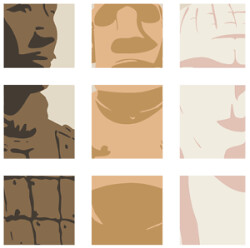
PREV ARTICLE
NEXT ARTICLE
FULL ISSUE
PREV FULL ISSUE
IDENTIFYING ROMAN COINS ON MICROPASTS
An article published December 23, 2015 by Matthew Wittmann on the American Numismatic Society blog Pocket Change discusses a web
site which helps with the "crowdsourcing" aspects of history projects, including numismatics. -Editor
A relatively straightforward example of how the website works is a project that seeks to transcribe diaries kept by the noted Egyptian archaeologist, Sir Flinders Petrie. The project page includes a tutorial on how to contribute, which can involve either transcribing material directly from the scanned document, or reviewing the work of others to ensure its accuracy. A somewhat more complicated project is one by the British Museum that involves photo-masking medieval Pilgrim badges to create 3D models of the artifacts. All of the projects use the same simple interface which makes it easy to understand how you can help out, and there is a useful ‘Statistics’ tab for each that traces how the overall project is progressing. There are a wide variety of different and salutary projects that users can contribute to, but we mention here because of a recently-launched numismatic one called the Roman Imperial Coin concordance. This project was formulated by Daniel Pett of the British Museum and Ethan Gruber of the ANS to facilitate the addition of Roman coins catalogued in the Portable Antiquities Scheme (PAS) to the NEH-sponsored ANS database Online Coins of the Roman Empire (OCRE). The tutorial explains just how the process works, but the essential task is for users to try and identify more precisely what the RIC (Roman Imperial Coinage) number for a given coin drawn from the PAS database is. If and when a more precise identification of the RIC number is made and confirmed, it can then be integrated into the larger OCRE database. The PAS, which is a voluntary program that records small archaeological finds by the public in the UK, presently has over 200,000 Roman coins in its database so it is a potentially rich resource for additional coins and data for OCRE. 
Of course, objects like the denarius above can only be integrated into OCRE when they have been properly identified so if you have time to lend a hand, head over to the project website! To read the complete article, see:

Wayne Homren, Editor The Numismatic Bibliomania Society is a non-profit organization promoting numismatic literature. See our web site at coinbooks.org. To submit items for publication in The E-Sylum, write to the Editor at this address: whomren@gmail.com To subscribe go to: https://my.binhost.com/lists/listinfo/esylum All Rights Reserved. NBS Home Page Contact the NBS webmaster 
|
